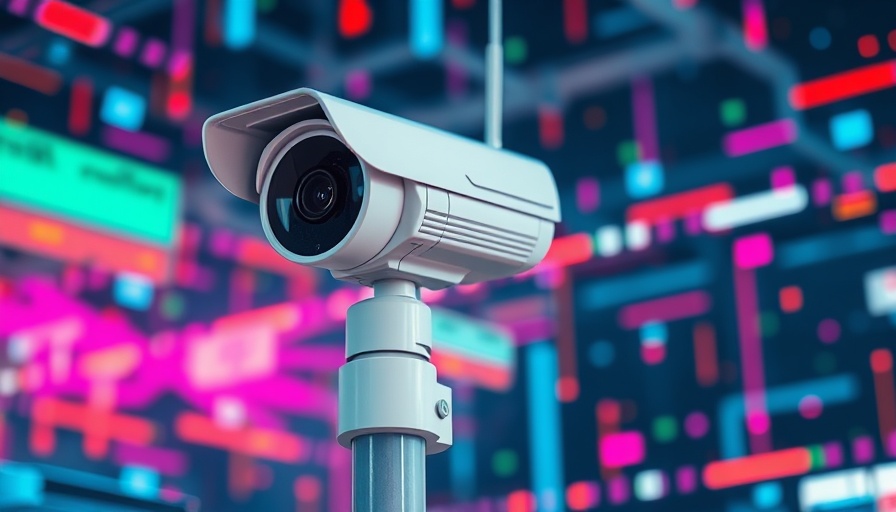
Understanding AI Surveillance: Spotting the Problems
AI surveillance systems, particularly those using computer vision, are intended to enhance security in various environments, from malls to public transport. However, these systems have showcased significant limitations. For example, a recent trial by Transport for London revealed that more than half of the alerts generated by AI-powered cameras were false. This can lead to unnecessary stress for staff who must manually sift through alerts that are often misidentified behaviors.
The Challenge of Context in AI
The crux of the issue lies in AI’s inability to comprehend context. While these systems are trained to recognize patterns and detect movement, they often fail to understand the underlying reasons for that movement. A child following their parent or a folding bike being mistaken for a standard one illustrates the stark difference between human understanding and AI interpretation.
Why This Matters for Business Owners
For small and medium-sized business owners in service industries, the implications of flawed AI technology are significant. Overreliance on this technology can lead to inefficiencies and increased operational costs. It's essential for managers to recognize the limitations and ensure it complements human intuition rather than replacing it. Training staff to use AI insights alongside their judgment can create a more harmonious working environment.
Future Directions: Rethinking AI Training
The future of AI surveillance will require a fundamental shift in how these systems are trained. By incorporating a broader dataset encompassing various human behaviors and their context, we can enhance AI's accuracy. This will not only reduce false alarms but also improve overall security efficiency. As AI technology continues to evolve, business owners should stay proactive about understanding these developments to leverage them effectively.
 Add Row
Add Row  Add
Add 










Write A Comment